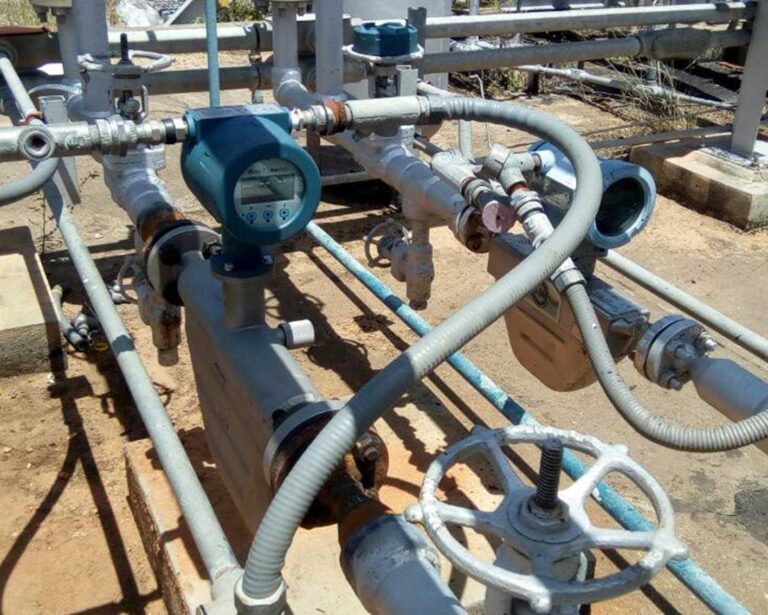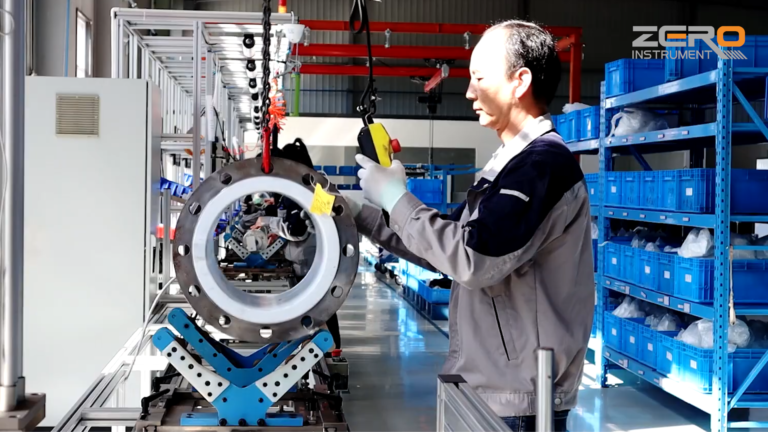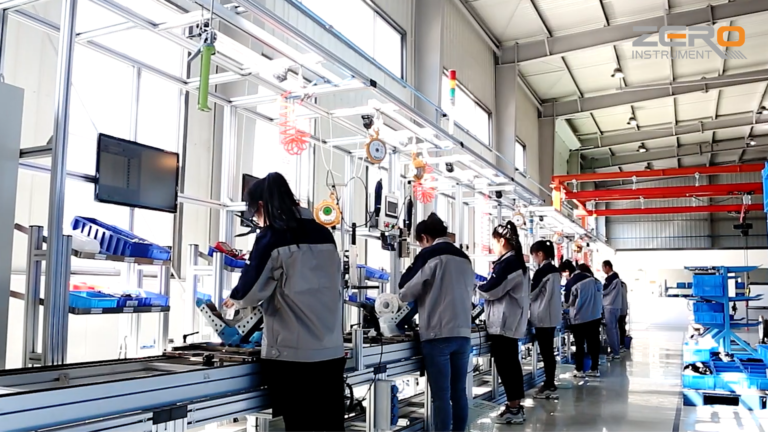1. Poor contact
The metal conductor inside the terminal is the core part of the terminal. It transmits the voltage, current or signal from the external wire or cable to the contact corresponding to the connector. Therefore, the contact must have excellent structure, stable and reliable contact retention and good conductivity.
Due to unreasonable contact structure design, wrong material selection, unstable mold, over-tolerance processing size, rough surface, unreasonable surface treatment process such as heat treatment and electroplating, improper assembly, bad storage and use environment and improper operation, poor contact will occur at the contact and matching parts of the contact.

2. Poor insulation
The function of the insulator is to keep the contacts in the correct position and to insulate the contacts from each other and from the housing.
Therefore, the insulator must have excellent electrical properties, mechanical properties and process forming properties. In particular, with the widespread use of high-density and miniaturized terminals, the effective wall thickness of the insulator is getting thinner and thinner.
This puts more stringent requirements on insulating materials, injection mold accuracy and molding processes. Due to the presence of excess metal on the surface or inside of the insulator, surface dust, flux and other pollution and moisture, organic material precipitates and harmful gas adsorption films merge with the surface water film to form an ionic conductive channel, moisture absorption, mildew growth, aging of insulating materials, etc., short circuits, leakage, breakdown, low insulation resistance and other poor insulation phenomena will occur.

3. Poor fixation
Insulators not only play an insulating role, but also usually provide precise centering and protection for the extended contact parts. At the same time, they also have the functions of installation positioning and locking and fixing on the equipment. Poor fixing will affect the reliability of contact and cause instant power failure in the mildest case, and the product will disintegrate in the most serious case. Disintegration refers to the abnormal separation between the plug and the socket, and between the pin and the socket caused by the unreliable structure of the terminal due to materials, design, process and other reasons when the terminal is in the plugged state, which will cause serious consequences such as interruption of power transmission and signal control in the control system. Poor fixing will be caused by unreliable design, wrong material selection, improper molding process selection, poor process quality such as heat treatment, mold, assembly, welding, and inadequate assembly.
In addition, poor appearance caused by coating peeling, corrosion, bruises, plastic shell flash, cracks, rough processing of contacts, deformation, etc., poor interchangeability caused by positioning and locking fit size tolerance, poor processing quality consistency, and excessive total separation force are also common and frequently occurring diseases. These types of faults can generally be discovered and eliminated in time during inspection and use.

Why is the standard signal 4-20mA
The reason why current source is better than voltage source for remote signal transmission
Because the distance between the site and the control room is far and the resistance of the connecting wires is large, if a voltage source signal is used for remote transmission, a large error will occur due to the voltage division between the wire resistance and the input resistance of the receiving instrument. However, if a constant current source signal is used for remote transmission, as long as there is no branch in the transmission loop, the current in the loop will not change with the length of the wire, thereby ensuring the accuracy of transmission.
The reason why the maximum signal current is 20mA
The selection of the maximum current of 20MA is based on: safety, practicality, power consumption, and cost considerations. Safety spark instruments can only use low voltage and low current. The spark energy caused by the current of 20mA is not enough to ignite the gas, which is very safe. Comprehensively consider the connection distance between the instruments on the production site, the load carried, and other factors; there are also power consumption and cost issues, requirements for electronic components, and power supply requirements.
The reason why the signal starting current is 4mA
Most 4-20mA transmitters are two-wire systems, which means that the power supply and load are connected in series with a common point, and the signal communication and power supply between the field transmitter and the control room instrument only use two wires. Why is the starting signal not 0mA? This is based on two points:
1. The transmitter circuit will not work without static working current. The signal starting current 4mA.DC is the static working current of the transmitter.
2. At the same time, the electrical zero point of the instrument is 4mA.DC, which does not coincide with the mechanical zero point. This “live zero point” is conducive to identifying faults such as power failure and disconnection. The signal generator can output and measure 4-20mA signals

Advantages of current signal (4-20mA signal)
1. Current signals are suitable for long-distance transmission because they are not affected by wire resistance, while voltage signals will be divided when the wire itself has resistance, resulting in inaccurate measurement. Generally, the maximum transmission distance of 4-20mA is controlled within 100m. For longer distances, it is recommended to use digital signals (485 communication).
2. Current signals generally use a two-wire system, and voltage signals generally use a three-wire system. In comparison, the two-wire system saves materials and reduces costs compared to the three-wire system.
3. Compared with the more complex on-site working conditions, the current signal has a stronger anti-interference ability than the voltage signal. In the working conditions with interference, it is recommended that users choose 4-20mA signal.

4. The current signal can appropriately exceed the range and output an inaccurate signal. For example, a pressure transmitter with a range of 1MPa and an output of 4-20mA can output 24mA when the range is exceeded.
The voltage signal will be slightly different depending on the power supply. For example, a pressure transmitter with a range of 1MPa and an output of 0-10V cannot output a signal above 9V when the power supply is 9V.
5. When the wire materials are different (such as copper and nickel), a magnetic field will generally be generated. In situations where high precision is required, the voltage signal will have errors, but the current signal will not.
